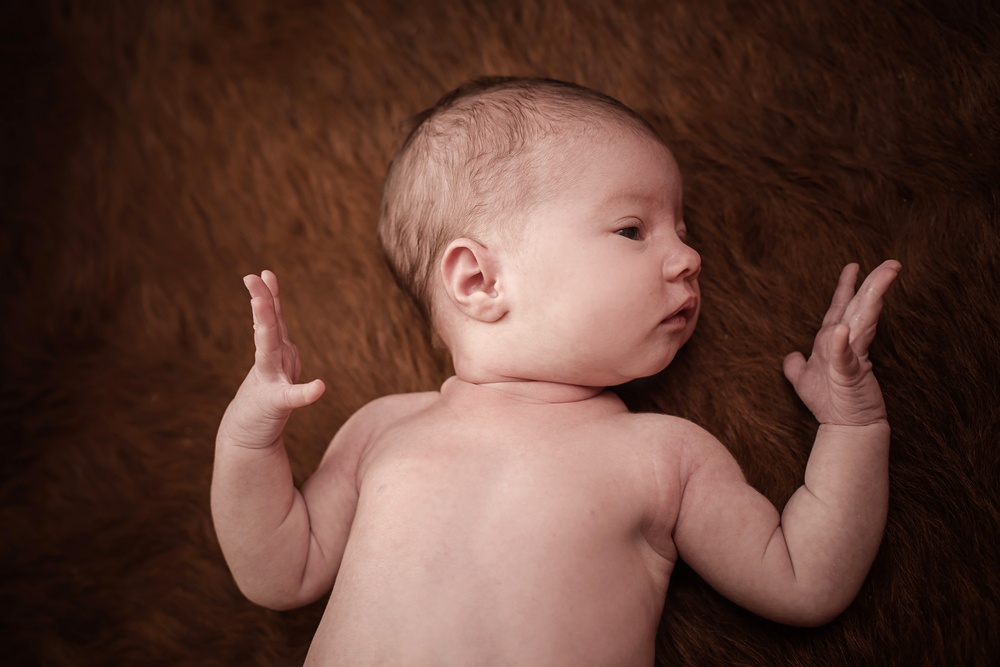When Can You Tell if a Baby Will be Left or Right-Handed?

Will your child be an Olympic athlete? A math whiz? We adults love guessing what kind of grown-up our little one will become. If you’ve ever seen your baby reach for a toy with their left hand and thought, Hmm… maybe they’re a lefty genius, you’re not alone.
Here’s the scoop: babies can start showing a hand preference around 6 months old. So if your baby mostly grabs things with their right hand, you're probably right that they’ll be right-handed. BUT—and it’s a big but—hand use isn’t set in stone yet. It can bounce around until kindergarten. One day your toddler might use only their right hand, and a week later they’ll switch it up and use both equally. It’s totally normal for kids to go back and forth a few times before they turn 2.
And it’s not just hands—we all have a stronger side for our eyes, ears, even which leg we kick with! Even unborn babies show a favorite side. In one study of 75 babies still in the womb, researchers watched which hand the babies sucked on. Years later, at age 12, 60 of the 60 babies who sucked their right hand were right-handed. And 10 out of the 15 who sucked their left hand turned out to be left-handed. That means hand preference starts way earlier than we thought—before birth!
Why do kids switch using their hands?
It’s all about brain development. Our brains are built to use both hands when we’re learning new motor skills. For example, babies who normally use their right hand will suddenly use both hands when they start crawling. One study looked at babies learning to crawl who were given a toy in a box. Even the righties used both hands just as often. And when those same babies started learning to walk, they began using both arms together for tasks—like opening the box—because they needed their arms up for balance. Once they became steady walkers, their arms came down, and they went back to one-handed play.
Even if your child seems to prefer one hand, that doesn’t mean their dominant hand is “locked in” yet. There’s a difference between hand preference (the hand they like to use) and true handedness (the hand they’re actually better at using). Experts don’t totally agree on when handedness is fully set—it could be anywhere between ages 3 and 12. But most studies say it’s pretty clear by age 4.
Why does it take so long?
Because kids need time (and lots of practice) to get good with one hand. Writing, cutting, and buttoning up shirts all take coordination. So don’t be surprised if your preschooler switches hands sometimes—especially when learning new skills.
90% of the population is right-handed.
Can a parent influence handed-ness?
Handedness is partly genetic. But grown-ups play a role too. Kids mimic the adults around them. If you eat with your left hand, your baby might try it too. And if you always carry your baby on your left hip, freeing up their left hand to explore, that side might get stronger. A child’s environment—like the types of toys they play with—also helps shape which hand becomes dominant.
You can’t change their genes, but you can give your child plenty of fun activities that use both hands. Puzzles, blocks, finger painting, stacking cups—these all help build coordination on both sides.
Do that, and hey—maybe your little one will grow up to be an ambidextrous, genius athlete. And you'll be able to say, “I knew it when he reached for that rattle with his left hand!”







